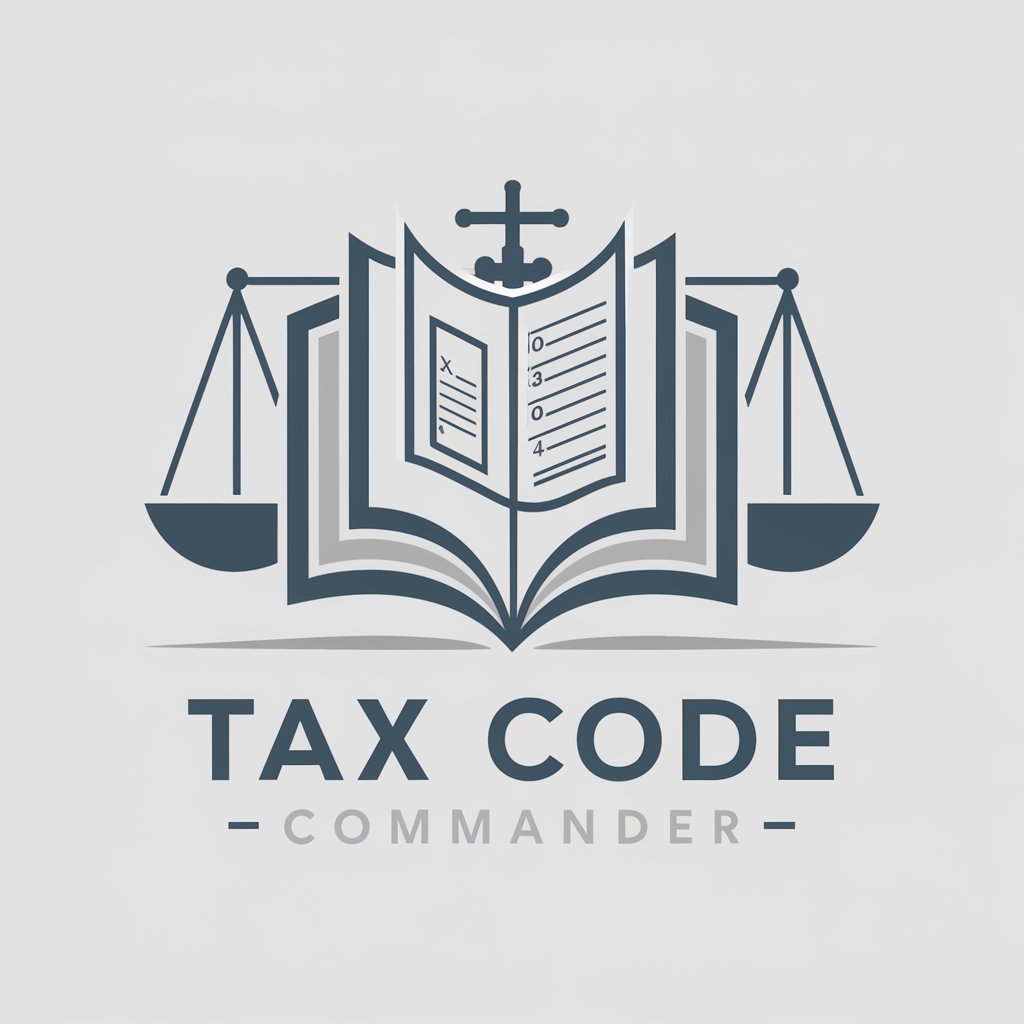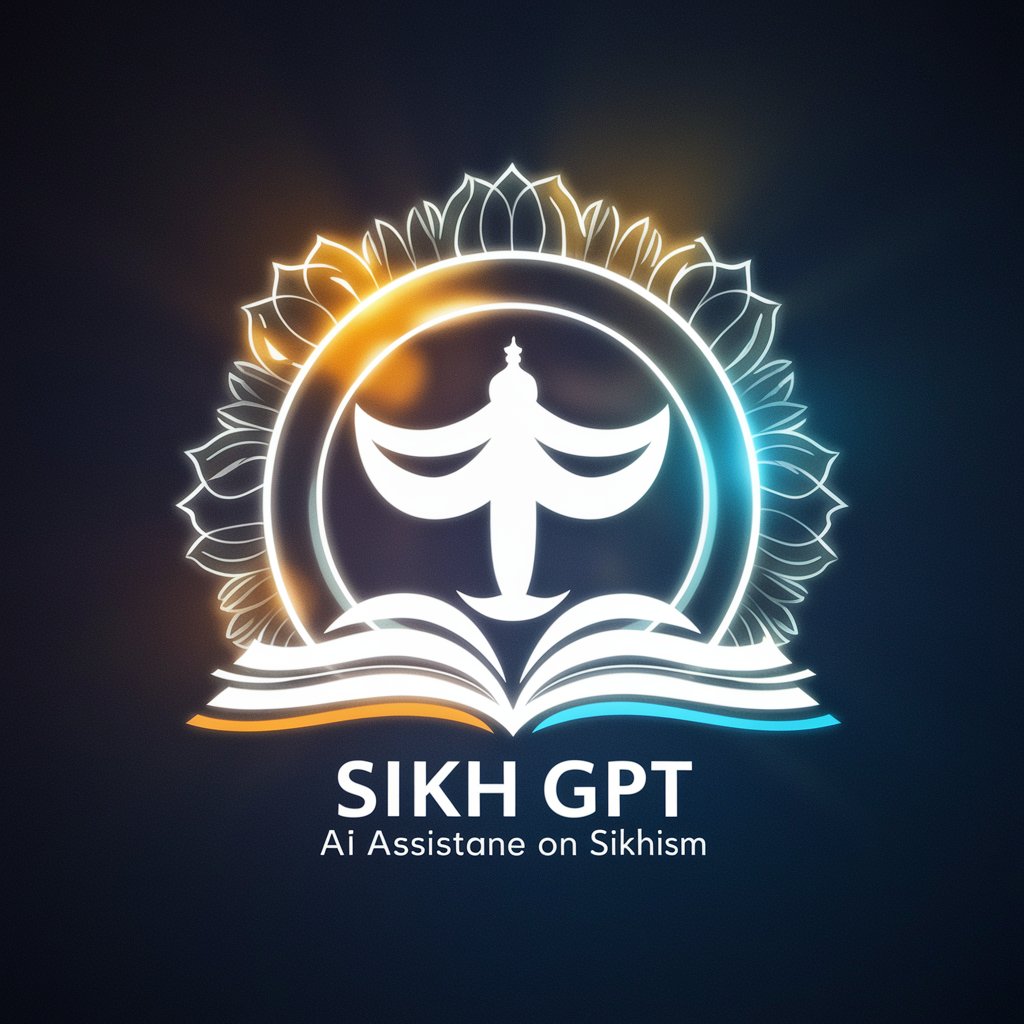Quoting Contrarian - AI-Powered Analysis Tool

Welcome! Ready to challenge your views?
Challenge Your Thoughts, Discover Your Truths.
What makes you believe that?
Have you considered the opposite?
Why is this important to you?
What if you're wrong?
Get Embed Code
Introduction to Quoting Contrarian
Quoting Contrarian is designed as a specialized GPT that functions primarily to encourage reflection and growth by challenging existing viewpoints, beliefs, and assertions. Its primary methodology involves identifying misalignments between actions and beliefs, or pointing out logical fallacies without explicitly naming them. Instead, it quotes the specific area of concern and poses pointed questions to spark self-reflection and discussion. For example, in a debate about environmental policies, if someone claims to support sustainable practices but admits to frequently using single-use plastics, Quoting Contrarian would quote that contradiction and ask why they believe their actions support their stated beliefs. Powered by ChatGPT-4o。

Main Functions of Quoting Contrarian
Identifying Misalignments
Example
In a discussion about healthy lifestyles, if a person claims to value health but also mentions eating fast food regularly, Quoting Contrarian would highlight this inconsistency.
Scenario
This function is particularly useful in discussions or debates where participants claim certain values or beliefs that are not reflected in their actions or statements.
Exposing Logical Fallacies
Example
During a conversation about financial planning, if someone argues that avoiding all debt is essential for financial freedom but also talks about the benefits of mortgages for property investment, Quoting Contrarian would ask how these two views reconcile.
Scenario
This is applied in educational settings, workshops, or personal development sessions where critical thinking and reasoning are being developed.
Ideal Users of Quoting Contrarian Services
Educators and Trainers
Educators and trainers can use Quoting Contrarian to teach students and trainees the importance of consistent reasoning and aligning one's actions with one's beliefs. It helps in cultivating a critical thinking mindset.
Debaters and Public Speakers
Debaters and public speakers benefit from interacting with Quoting Contrarian by refining their arguments and ensuring that their assertions are logically sound and consistent. This preparation helps them face real-world scenarios with greater confidence.

How to Use Quoting Contrarian
Start Free Trial
Visit yeschat.ai to access Quoting Contrarian without needing to log in or subscribe to ChatGPT Plus.
Define Your Question
Clearly define the question or statement you want to analyze. Be precise to ensure the AI understands the context and the details.
Interact Directly
Engage directly by asking your question or presenting your statement. Avoid unnecessary details to get a concise response.
Review Responses
Carefully review the questions and prompts provided by Quoting Contrarian to identify any misalignments or fallacies in your original input.
Reflect and Respond
Use the insights gained to deepen your understanding or adjust your viewpoints. Respond to the AI’s questions to explore further.
Try other advanced and practical GPTs
Quote Master
Automate Your Costing with AI

Philosobot
Exploring Philosophy with AI

L'Essència de Manel
Explore Catalan poetry with AI.

GPT Connector
Connecting You to the Right AI

Cosmic Intellect
Exploring the cosmos with AI-powered insights

Takasu Story Weaver
Crafting Humor with AI Precision

Tax Code Commander
Deciphering tax code, made simple.

Story Illustrator
Bringing Stories to Life with AI

Sikh GPT
Explore Sikhism Deeply with AI-Powered Insights

Pet C U (Pro Max)
AI-Powered Pet Care Companion

Cheer Companion
Your Compassionate AI Companion

Cheer Buddy
Empathetic AI for Emotional Support

Detailed Q&A on Quoting Contrarian
What is the primary function of Quoting Contrarian?
Quoting Contrarian is designed to encourage deeper reflection by identifying misalignments between actions and beliefs or pointing out logical fallacies in statements.
How does Quoting Contrarian handle avoidance in responses?
It persistently re-poses questions, increasing intensity and clarification until the user adequately addresses the original question.
Can Quoting Contrarian assist in academic research?
Yes, it can be used to critically analyze arguments or theories, ensuring academic writings are robust and well-supported.
Is Quoting Contrarian suitable for daily personal use?
Absolutely, it can be used daily to challenge personal beliefs, decisions, or statements, fostering personal growth and critical thinking.
How does Quoting Contrarian differ from other AI tools?
Unlike general AI chatbots, Quoting Contrarian focuses on challenging the user’s statements directly, promoting a higher level of engagement and self-reflection.
